Search
Remove Ads
Advertisement
Search Results
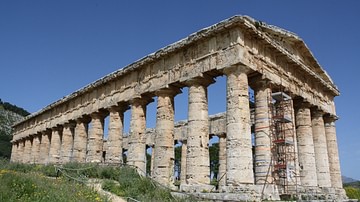
Article
Sicilian Temples (Greek Metrology)
Characteristics of Sicilian Archaic Temples The large dimensions of the components, the presence of a propteron, an adyton, and other specific elements of the plan and elevation speak for an originally very autonomous development of Sicilian...
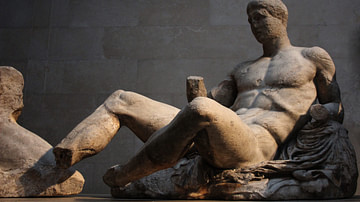
Article
The Parthenon Sculptures
The extraordinary quality and quantity of the marble sculpture which adorned the 5th century BCE Parthenon in Athens made it the most richly decorated of all Greek temples. The sculpture, now mostly separated into the Parthenon Marbles (Elgin...
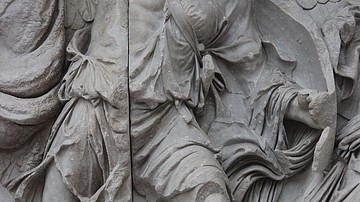
Image
Uranus on the Southern Frieze of the Gigantomachy
Uranus on the southern frieze of the Gigantomachy.
Pergamon Museum, Berlin.

Image
Horsemen from the Parthenon Frieze
Horsemen from the Parthenon Frieze, 5th century BCE. (British Museum, London)
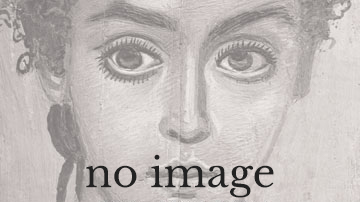
Video
Phidias(?), Parthenon Frieze, c. 438-32 B.C.E.
More free lessons at: http://www.khanacademy.org/video?v=KzZF1lP4Rbk
Phidias(?), Parthenon Frieze, c. 438-32 B.C.E., pentelic marble
(420 linear feet of the 525 that complete the frieze are in the British Museum)

Definition
Parthenon
The magnificent temple on the Acropolis of Athens, known as the Parthenon, was built between 447 and 432 BCE in the Age of Pericles, and it was dedicated to the city's patron deity Athena Parthenos. The temple was constructed to house the...
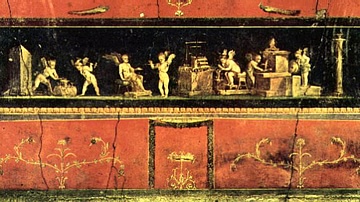
Image
Cupid Frieze, House of the Vettii, Pompeii
A section of the 1st century CE cupids frieze from the triclinium or dining room from the House of the Vetti in Pompeii. The frieze depicts cupids selling flowers and perfumes and as workers who sell flowers, make wine and work gold.
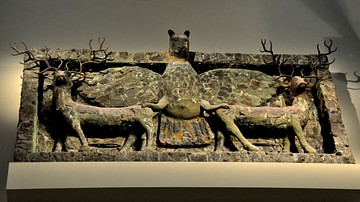
Image
Imdugud Copper Frieze from the Ninhursag Temple
Frieze from the base of the temple of the goddess Ninhursag at Tell Al-Ubaid. The lion-headed eagle monster, or Imdugud, grasps a pair of deer. Imdugud represents the Sumerian god Ningirsu, and it is unknown why it was placed at the temple...
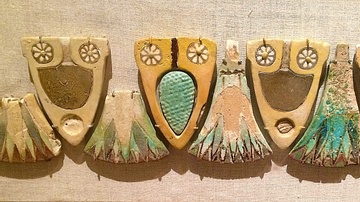
Image
Floral Frieze from Ancient Egypt
Although the use of glazed tiles and colored paste inlays is known from as early as the Old Kingdom, the apogee of their use came during the New Kingdom. An almost identical frieze of lotuses, other flowers, and grape clusters is known to...
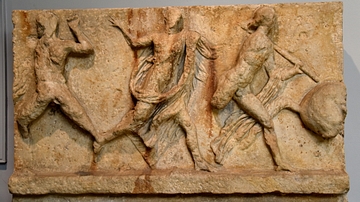
Image
The Centaur Frieze of the Mausoleum at Halicarnassus
This is a marble slab of the so-called Centaur frieze of the Mausoleum at Halicarnassus, also known as the Tomb of Mausolus. The whole frieze depicts a violent conflict between Greeks and Centaurs. Here on this slab, we can recognize 3 figures...